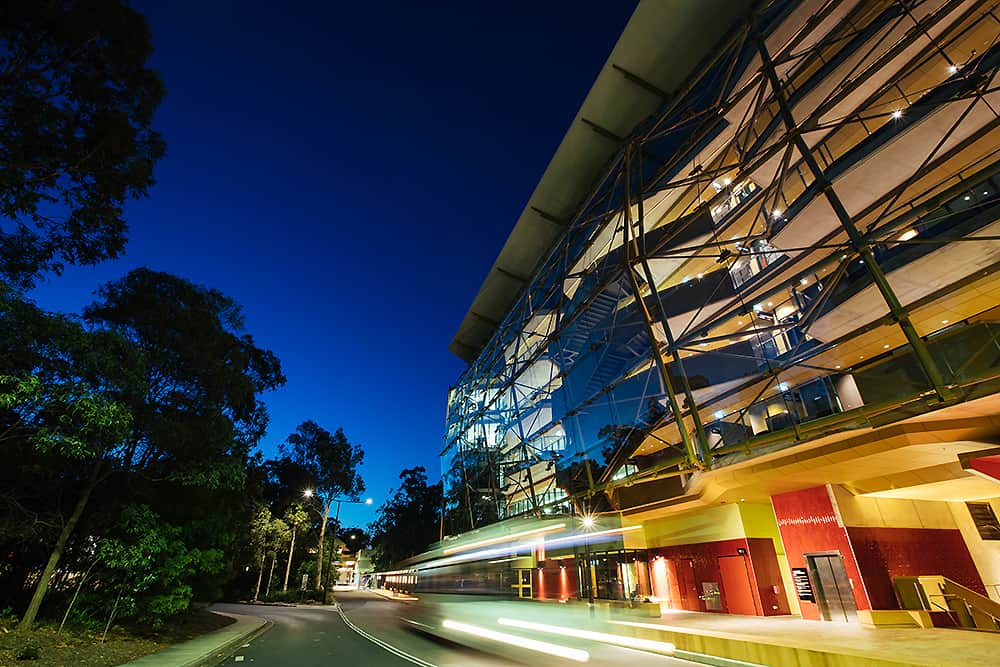
The Names Behind the Buildings
Griffith University has a long and significant history spanning across decades, with an incredible connection to some of Queensland’s most notable figures.
You may have seen the names of these extraordinary people on building’s around your campus, but who were they and what did they contribute to Griffith University?
SEWELL
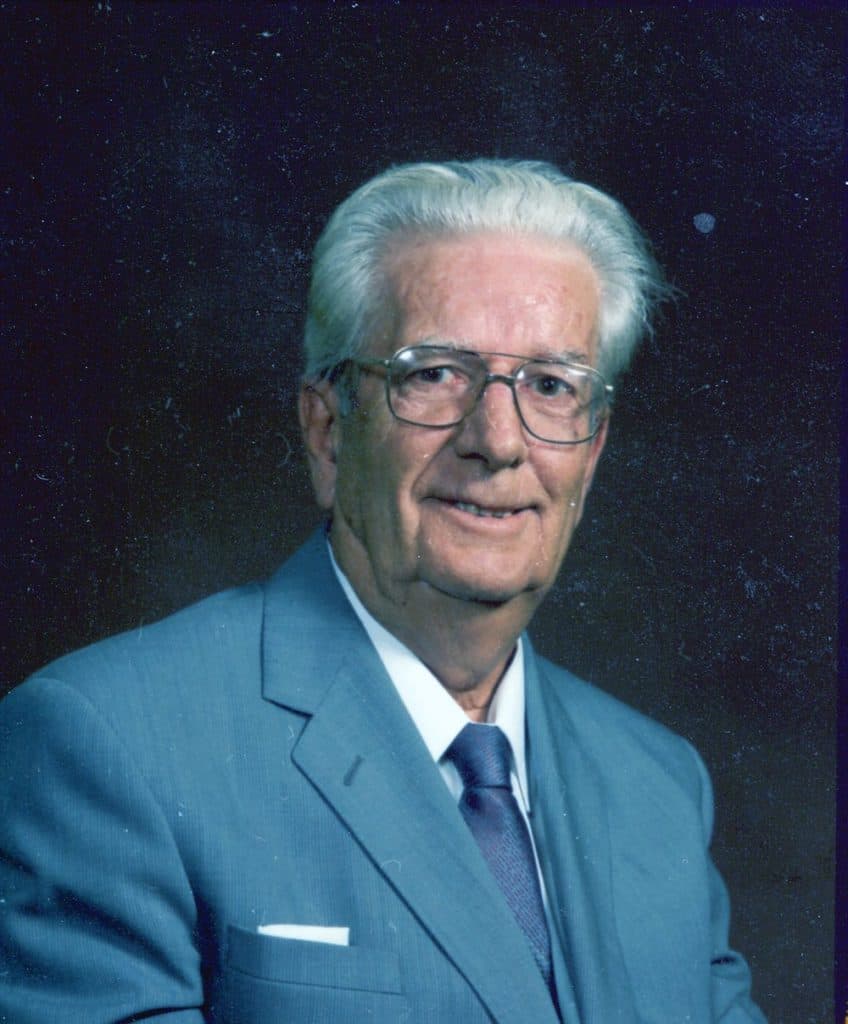
Sir Allan Sewell was elected Deputy Chancellor in 1975, until his election as Griffith’s second Chancellor in 1985. His service as Chancellor coincided with a time of changes within Commonwealth Government policies on the funding of higher education and of expectations of priorities within institutions.
Sewell’s financial knowledge and expertise guided Council in making a number of urgent and significant decisions – leading him to contribute to the massive growth of Griffith University.
Sir Allan Sewell retired from the office of Chancellor in 1988, concluding the longest unbroken term of office ever served by an external member of the Griffith University Council.
The Sewell Building serves as the host of the Griffith medical centre, student services, staff and student counselling, career and employment centre, and a wide range of other staff and student services.
MACROSSAN
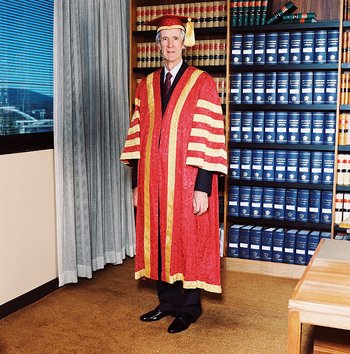
The Honourable John Macrossan was appointed as Queensland’s 16th Chief Justice of the Supreme Court in 1989. Macrossan was deputy Chancellor of Griffith University from 1985 through to 1988 when he was appointed Chancellor – he continued as the Griffith University Chancellor until his retirement in 2000.
He was a distinguished and well-respected member of the Griffith community who provided invaluable help in guiding the development of the university.
The Macrossan building is the Arts, Education and Law building, and includes the Goanna Lounge – a collaborative student and study space.
WILLETT CENTRE
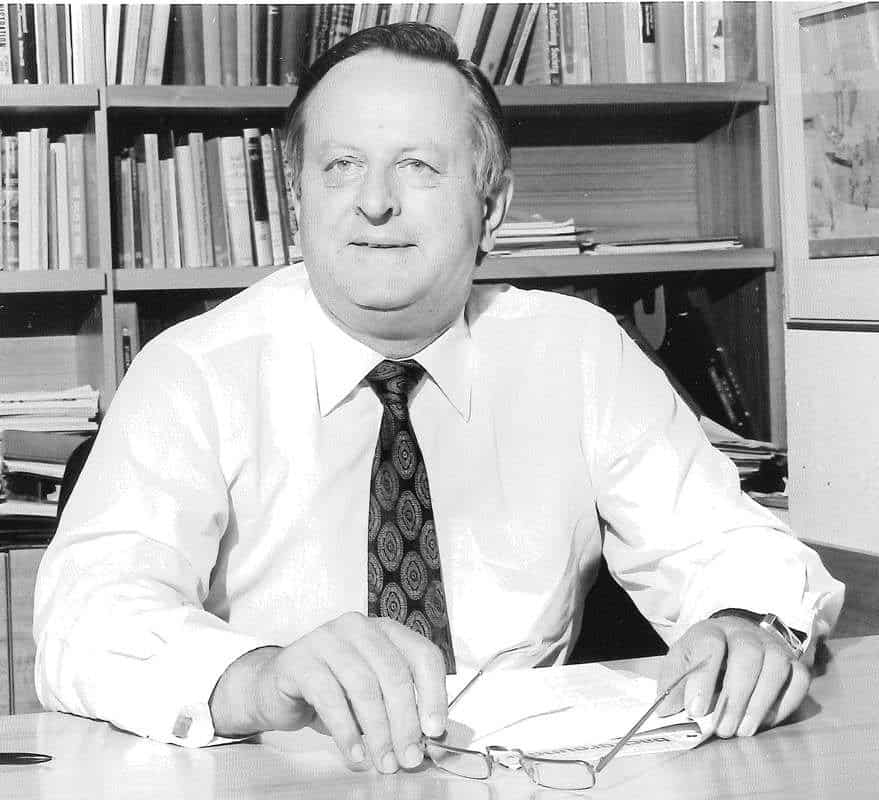
Professor John Willett was a decorated World War 2 naval pilot who played a part in the sinking of the German battleship, Bismarck.
Willett was Griffith University’s foundation Vice Chancellor and was hand-picked by foundation Chancellor, Sir Theodor Bray. He came to Griffith with extensive experience after having established Business Schools at both Cambridge University in the UK, and at the University of Melbourne.
Over his 12 years of service, Professor Willett established a progressive and pioneering learning institution that challenged the conventional ways universities were administered and perceived.
The Willett Centre is the building that holds the space for the Nathan campus library and student services, as well as a multitude of seminar rooms.
BRAY CENTRE
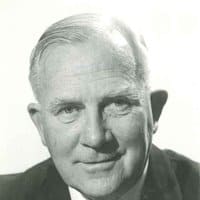
Sir Theodor Bray had a distinguished 50 year journalistic career, which included 26 years as editor of Brisbane newspaper The Courier-Mail. Sir Alan Fletcher, the Queensland education minister at the time, tasked Bray with creating and founding a second university for Brisbane.
Bray was a pioneer in the education field and as Griffith University’s inaugural Chancellor he established many new features of the university, including creating the Schools of Modern Asian Studies and Australian Environmental Studies when there were no other schools of this kind at the time.
Sir Theodor Bray was knighted in January of 1975 for his services to education and journalism and will be remembered as the Griffith University Founding Father.
It has had many historical uses, but the Bray Centre is currently the student administration headquarters for Griffith University.
SIR SAMUEL GRIFFITH CENTRE
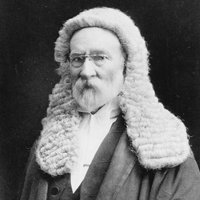
Also the namesake of the university, Sir Samuel Griffith was a well-regarded lawyer and judge who also served twice as Queensland Premier between the years 1883 and 1903.
Due to his extensive legal expertise, he served as the Chief Justice of the Supreme Court followed by his appointment as Australia’s very first Chief Justice of the High Court of Australia from 1903-1919.
Griffith is recognised today as a founding father of federated Australia due to his efforts co-drafting the Australian Constitution. This also saw him appointed a Knight Grand Cross of the Order of St Michael and St George in 1895 for his service to Australia and the Commonwealth.
The Sir Samuel Griffith Centre is home to the interactive Red Zone, lecture theatres, seminar rooms, and study spaces.






